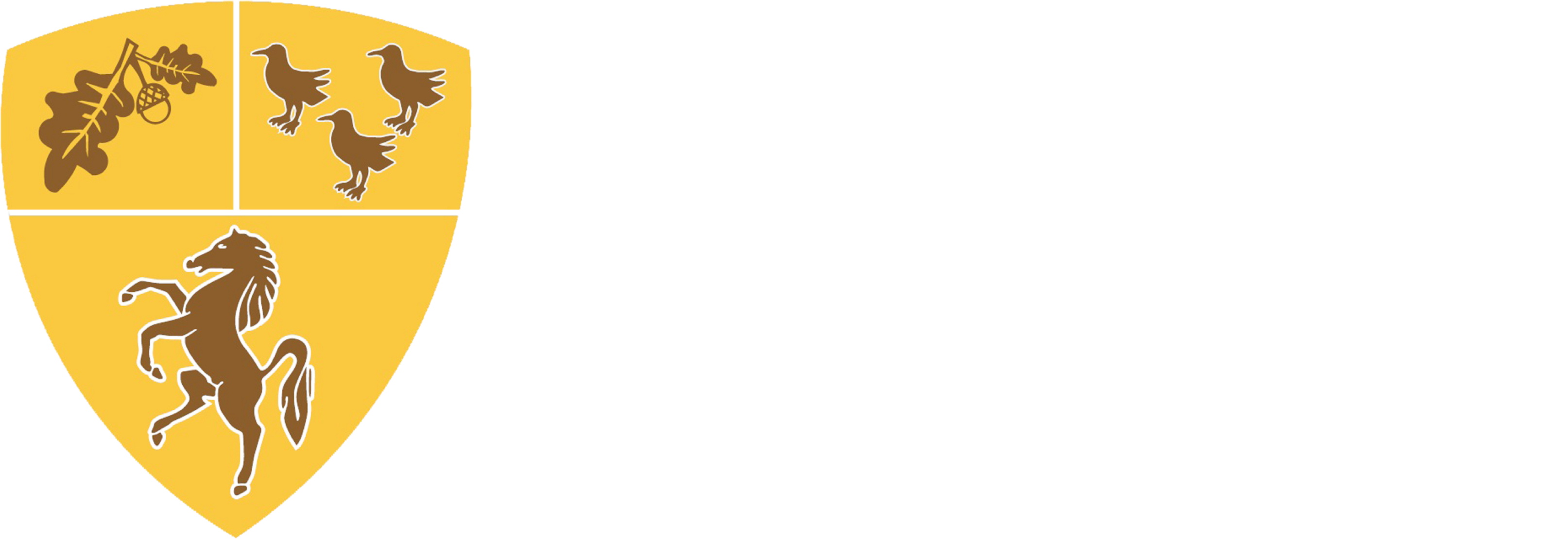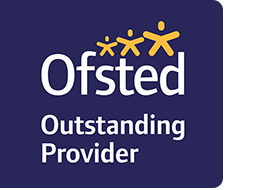Early Reading & Phonics
At Blean, reading is taught alongside Phonics. This initiative promotes a strong and systematic emphasis on the teaching of synthetic phonics to aid the learning of reading. As part of this scheme the children will be taught to:
- discriminate between the separate sounds in words
- learn the letters and letter combinations most commonly used to spell sounds
- read words by sounding out and blending their separate parts
- study written representations of a sound and how it looks
- recognise on sight vocabulary identified as ‘tricky words’
GOV.UK provides resources explaining why Phonics should be used as a teaching aid and provides links to further resources.
Reading schemes used by EYFS and Key Stage 1
When children are learning to read, it is imperative that they practise independent reading with fully decodable books that are matched to their secure phonic knowledge. This will enable them to use the sounds they know to decode the words and, with practise, develop fluency when reading. It will also establish the habit of using phonics as the route to decoding unknown words, avoiding unreliable guessing strategies. Evidence and experience shows that this is the most effective approach to ensuring almost all children learn to read. At Blean Primary School we use Dandelion Readers and Big Cat Collins reading schemes.
The teaching of phonics
High quality phonic teaching secures the crucial skills of word recognition that, once mastered, enable children to read fluently and automatically thus freeing them to concentrate on the meaning of the text. High quality phonic work will be most effective when:
- It is part of a broad and rich curriculum that engages children in a range of activities and experiences to develop their speaking and listening skills and phonological awareness
- It is multi-sensory, encompassing simultaneous visual, auditory and kinaesthetic activities to enliven core learning
- It is time-limited, such that the great majority of children should be confident readers by the end of Key Stage 1
- It is systematic, that is to say, it follows a carefully planned programme with fidelity, reinforcing and building on previous learning to secure children’s progress
- It is taught discretely and daily at a brisk pace
- There are opportunities to reinforce and apply acquired phonic knowledge and skills across the curriculum and in such activities as shared and guided reading
- There are regular opportunities for children to learn high frequency words within each phase alongside their phonic learning
- Children’s progress in developing and applying their phonic knowledge is carefully assessed and monitored.
At Blean Primary School we use a systematic phonics programme written by Nina Birch – Dramatic Progress in Literacy (DPiL). This is taught throughout EYFS and KS1. It aims to build children’s speaking and listening skills in their own right as well as to prepare children for learning to read by developing their phonic knowledge and skills.
The programme is organised into six structured phases building on acquired phonic knowledge and skills learnt at each phase. For more information please refer to the Policy for Phonics, Early Reading and Reading.
Reading Books
In EYFS & KS1, there will be two types of reading book that children take home each week:
A reading practice book: this will be matched to the correct phonic stage for the individual pupil. They should be able to read this fluently and independently and will be a celebration of their learning in school. This will help to develop fluency and confidence in reading.
A sharing book: This is a book that the pupils may not be able to read on their own, this book is for families to read and enjoy together. In order for our pupils to become a lifelong readers, it is important that they read for pleasure. The sharing book is one they have chosen to share with their families. We have encouraged that families discuss the pictures, enjoy the story and predict what might happen next, use different voices for characters and explore the facts in non-fiction books – this book is for families to read and share and have fun with.
The book banding system that the children progress through at Blean will begin once the children are secure with all the GPCs (grapheme phoneme correspondence/sounds) taught. Phonics begins in Reception class and takes place daily until the end of year 2. Once the children are able to read and write all 44 sounds securely then they will progress onto the book band system matched to their ability.

